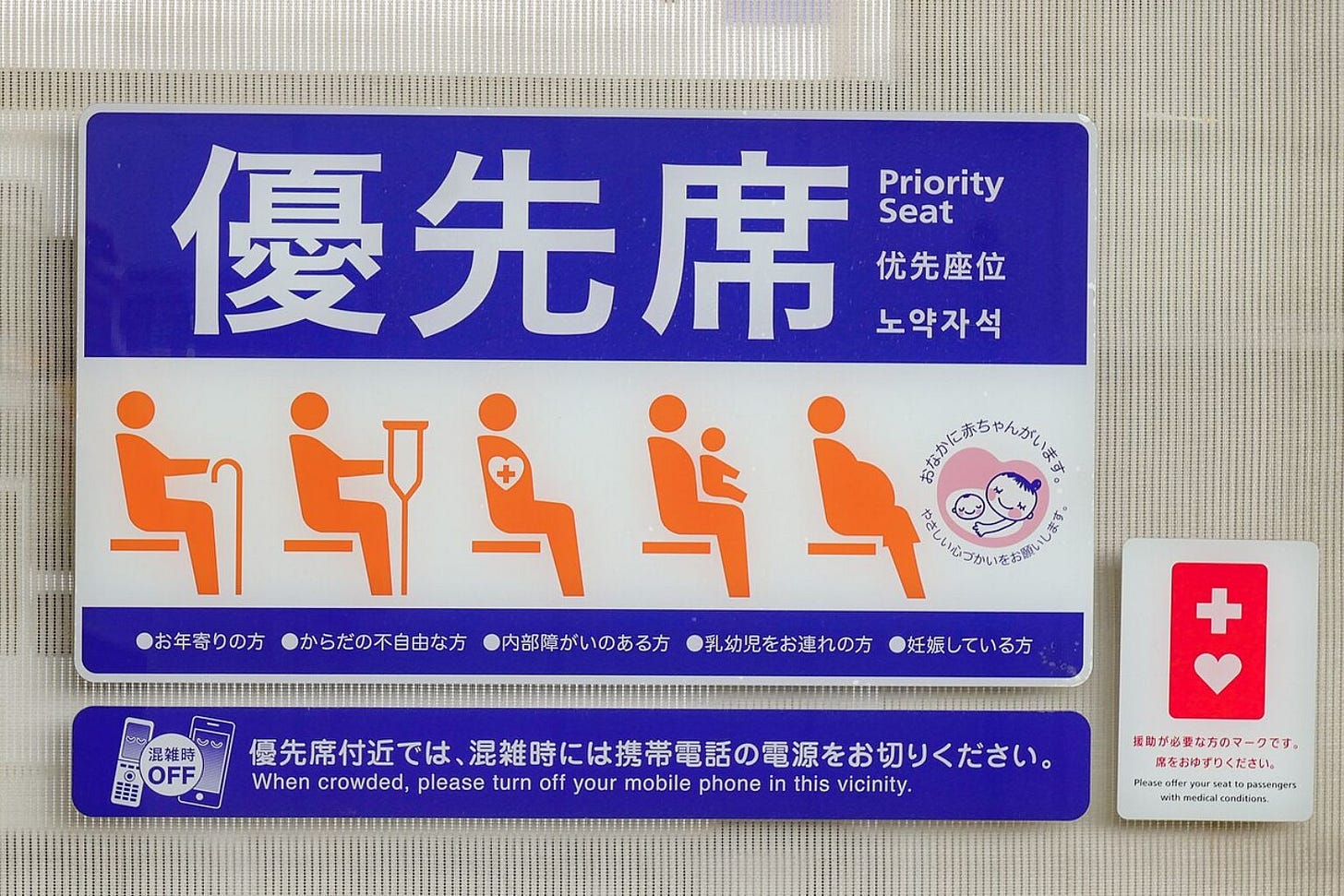Understanding Japan’s Help Mark: A Symbol for Invisible Disabilities
How a simple red badge fosters quiet support for those with hidden health challenges
In Japan, the Help Mark—a red tag featuring a white heart and cross—serves as a discreet signal that the wearer may have an invisible disability or health condition. Introduced by the Tokyo Metropolitan Government in 2012, the badge was inspired by a government official's personal experience with an artificial joint and the challenges of navigating public spaces without visible signs of disability. The Help Mark is intended for individuals with conditions such as chronic illnesses, mental health issues, prosthetics, or early-stage pregnancy, allowing them to subtly indicate a need for assistance, like being offered a seat on public transport. Importantly, no documentation is required to obtain one, emphasizing trust and accessibility. Distribution has expanded beyond Tokyo, with availability in various prefectures and at locations like Toei Subway stations and Tokyo Metropolitan hospitals. The badge encourages a culture of empathy, prompting others to offer help when they see someone wearing it. For travelers and residents alike, recognizing the Help Mark can contribute to a more inclusive and supportive environment.
Discover how the Help Mark is enhancing accessibility in Japan. Read the full article on Accessible Japan and explore additional resources to support inclusive travel experiences.




